1. Painting Over Mold Instead of Treating It
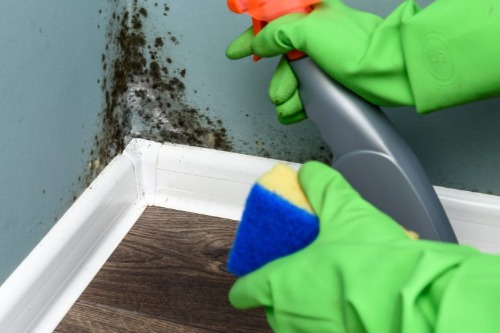
It might seem like a quick fix to slap on some mold-resistant paint and call it a day, but that doesn’t stop the mold from growing underneath. Mold is a living organism that spreads, and painting over it only traps moisture in the wall. Over time, the issue gets worse, damaging drywall and potentially causing respiratory issues. Proper removal and remediation are always necessary, no matter how small the patch looks.
Ignoring the root cause—usually a moisture problem—means you’re just decorating a time bomb. Eventually, the mold will come back through the paint or spread to other areas. Fixing it later will be more invasive and costly than addressing it properly the first time. This shortcut can turn into a health hazard, not just a home repair issue.
2. Skipping the Permit Process

Permits feel like red tape, but they exist for a reason: to ensure safety and compliance with building codes. Skipping them to save time or money can backfire big time, especially when it comes time to sell your house. Unpermitted work can delay closings, lower your home’s value, or even force you to redo entire projects. Some insurance companies may even deny claims related to unpermitted renovations.
Electrical, plumbing, structural changes—all of these usually require permits. You may think “no one will find out,” but home inspections and neighbor complaints often prove otherwise. What feels like a shortcut today can turn into fines or forced removal tomorrow. Always check with your local building department before beginning any serious renovation.
3. Using Peel-and-Stick Tiles in Wet Areas
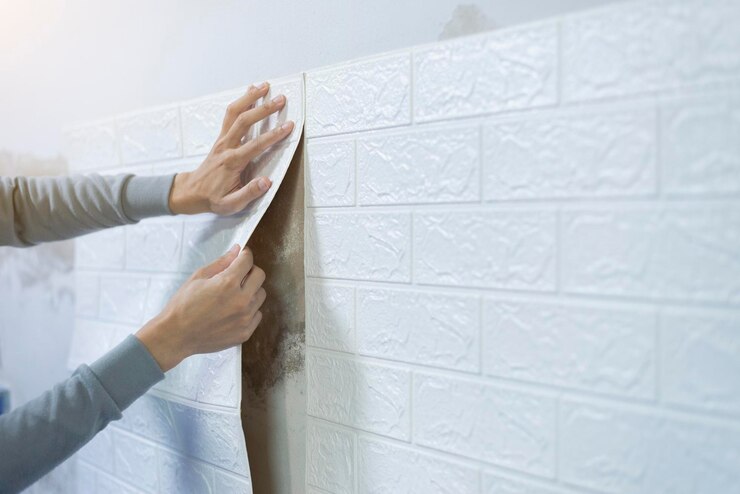
Peel-and-stick tiles have become popular for their ease of use and affordability, but they’re not built to withstand moisture long-term. In bathrooms and kitchens—especially in showers or near sinks—the adhesive can fail, leading to tiles curling, peeling, or falling off. Water can seep behind the tiles and create the perfect environment for mold and mildew. Over time, this can lead to rot and structural issues.
They’re fine for low-traffic, dry areas like backsplashes or accent walls. But using them on floors or in wet zones is asking for trouble. You’ll likely end up needing to redo the surface with real tile and waterproofing materials. A shortcut now just adds more cost and hassle down the line.
4. Not Leveling the Floor Before Installing New Flooring
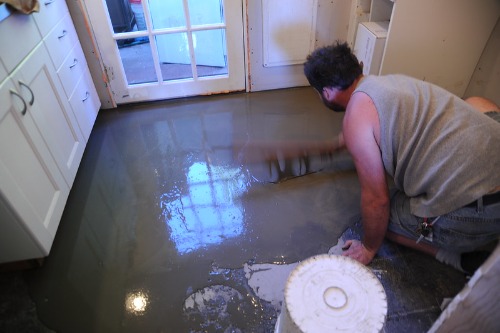
Slapping new flooring over an uneven surface may look fine at first, but it causes major problems over time. Wood or laminate can warp or shift, tiles may crack, and even vinyl can wear unevenly. The result? A floor that looks beat-up way before its time and possibly becomes a tripping hazard.
Leveling compounds and subfloor adjustments can take time and skill, but they’re essential for longevity. Skipping this step often voids warranties on flooring products, too. Even the best-quality materials won’t last if the base isn’t stable. Think of it as building a house on a shaky foundation—no shortcut can fix that later.
5. Using Interior Paint for Exterior Projects
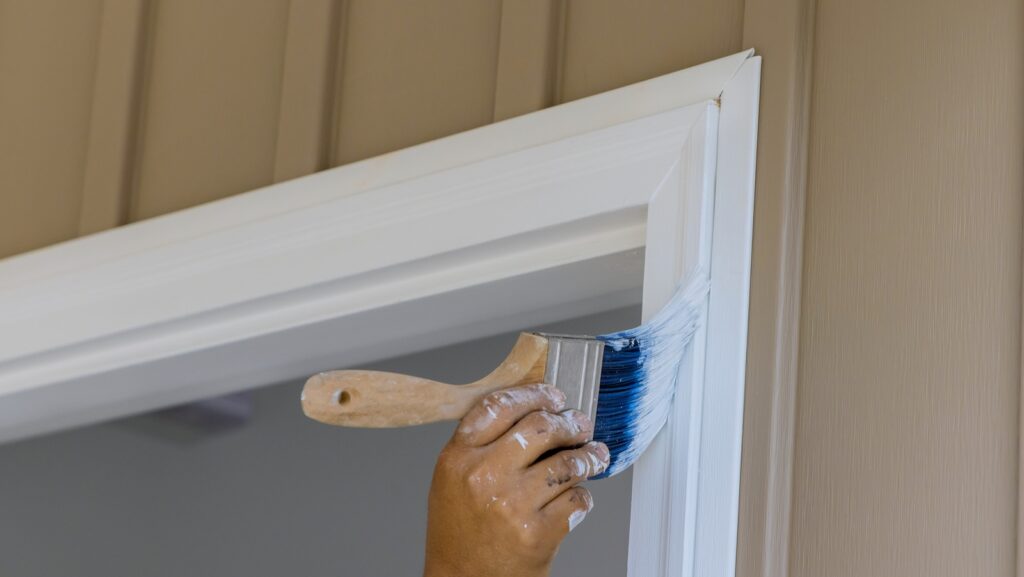
Grabbing leftover interior paint for an outdoor project might seem resourceful, but it’s a recipe for disaster. Interior paints aren’t formulated to withstand UV rays, temperature swings, or moisture. As a result, they’ll peel, crack, and fade quickly when used outside. This exposes wood and other materials to the elements and speeds up deterioration.
You’ll end up repainting sooner—and possibly repairing the surface beneath. Exterior paint contains additives that resist mold, mildew, and sun damage for a reason. Trying to cut corners here often means more work later. If it’s going outdoors, it needs exterior-grade protection.
6. Installing New Roofing Over Old Shingles
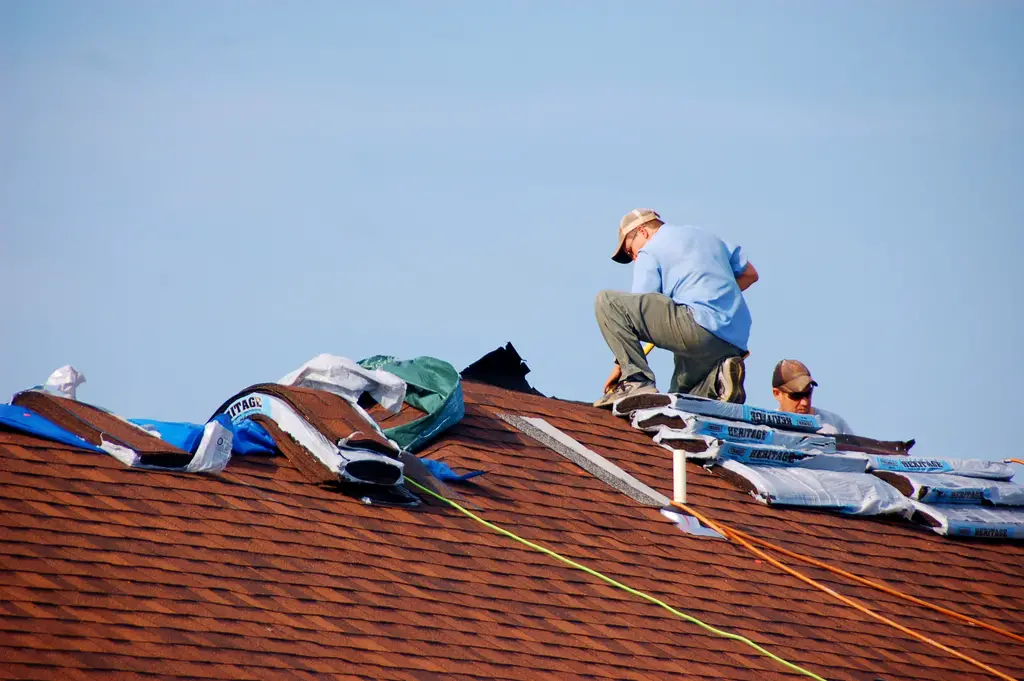
Some homeowners opt to layer new shingles over old ones to save on tear-off costs, but this can create hidden issues. You won’t see damage to the underlayment or wood deck, and any existing leaks or rot remain untouched. The added weight also puts more strain on your roof structure, which it may not be designed to support. Many building codes only allow this once, if at all.
Plus, doing this can void manufacturer warranties on the new shingles. Heat gets trapped between the layers, accelerating wear and reducing the lifespan of the new roof. It might save money in the short run, but you’ll likely need another replacement much sooner. A proper tear-off is worth the time and expense.
7. Skipping the Vapor Barrier in Basements or Crawl Spaces
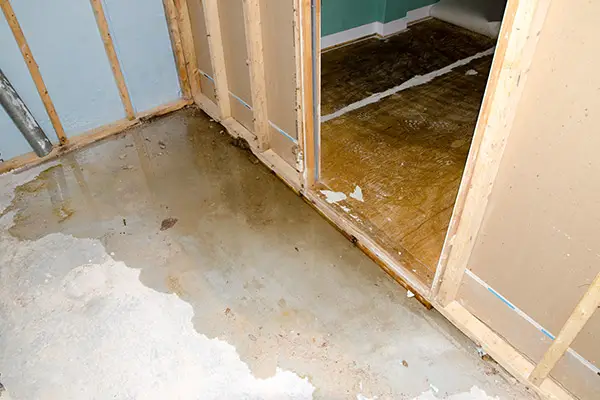
Moisture control is critical in below-grade spaces, yet many DIYers skip the vapor barrier to move faster or save money. That thin sheet of plastic or foil might not seem like much, but it plays a major role in preventing mold, mildew, and wood rot. Without it, moisture from the ground seeps into insulation, drywall, and flooring. The results can include warped wood, foul odors, and degraded indoor air quality.
Even if the space feels dry, water vapor is often invisible and still damaging. Installing a proper vapor barrier is inexpensive compared to the cost of reversing moisture damage later. It’s also essential if you plan to finish a basement or use it for storage. Don’t let a missing sheet cost you thousands in repairs.
8. Using the Wrong Fasteners for Exterior Projects
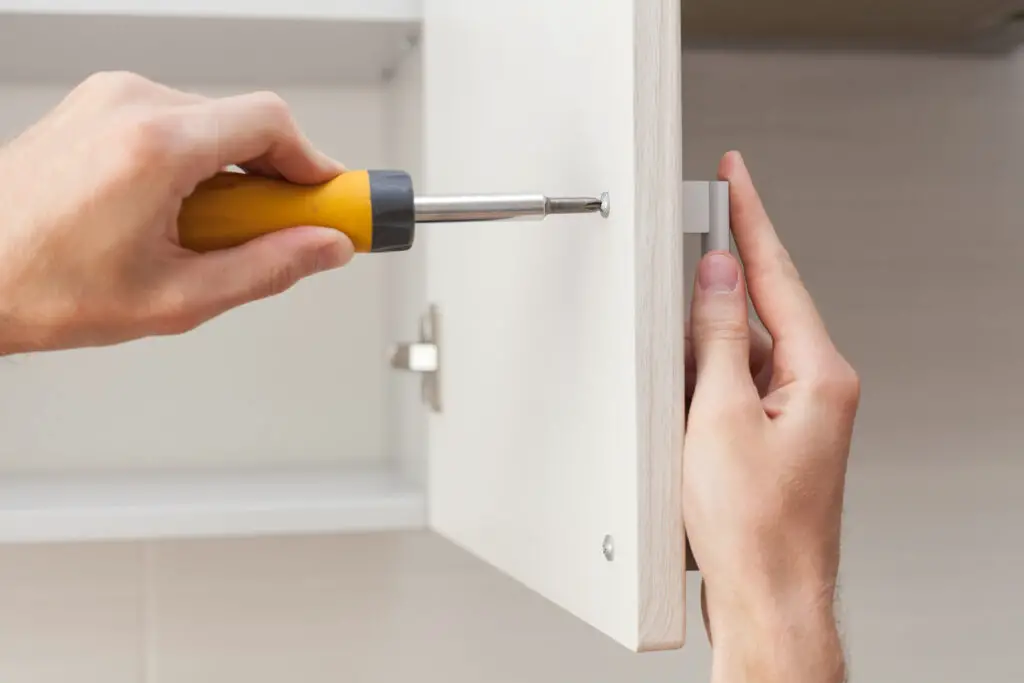
Deck screws and drywall screws may look similar, but they aren’t interchangeable—especially outdoors. Using the wrong fastener can cause rust, which stains your wood and weakens structural integrity over time. Fasteners made for exterior use are usually coated or stainless steel to withstand the elements. Skip them, and you’ll find corroded screws and loose boards down the line.
This mistake is common in fences, decks, and siding installations. It’s tempting to use whatever’s on hand, but fasteners are just as important as the materials they hold. Replacing rusted hardware after everything’s installed is a real headache. Always check that screws or nails are rated for outdoor use and appropriate for the materials.
9. Ignoring Expansion Gaps in Flooring Installations
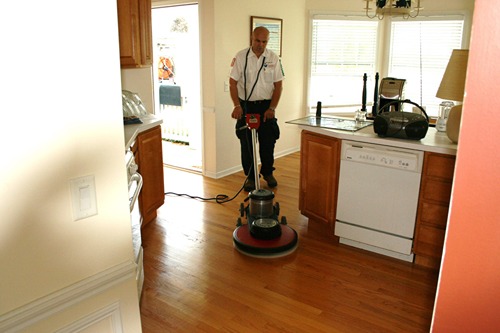
Wood and laminate flooring expand and contract with humidity changes, which is why manufacturers require expansion gaps around the perimeter. Skipping this step might make the floor look more “finished,” but it sets the stage for buckling and warping. When the material has no room to move, it pushes up or out as it expands. That creates gaps, bumps, and even cracks in severe cases.
Even floating floors need space to breathe. The required gap is usually just ¼ inch, but it makes a huge difference over time. Quarter round or baseboards can easily cover it without affecting aesthetics. Don’t let a cleaner look today become a disaster in a few seasons.
10. Overloading Electrical Circuits with New Fixtures
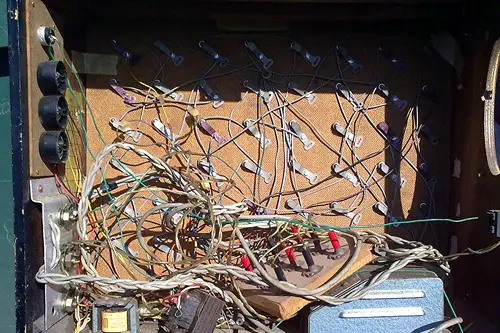
Adding extra lighting or outlets might seem easy enough, but without understanding the existing circuit load, you’re flirting with danger. Overloading a circuit can cause breakers to trip or wires to overheat, posing a fire risk. It’s not just about whether it works when you flip the switch—it’s about whether it’s safe long-term. A licensed electrician can assess whether your panel and wiring can handle the added load.
DIY electrical work without permits or inspections is one of the most common causes of home fires. If you’re not calculating amperage draw or understanding wire gauge, you’re guessing with your safety. Cutting corners here can void insurance claims if something goes wrong. When in doubt, always consult a pro.
11. Caulking Over Cracked Grout Instead of Re-Grouting
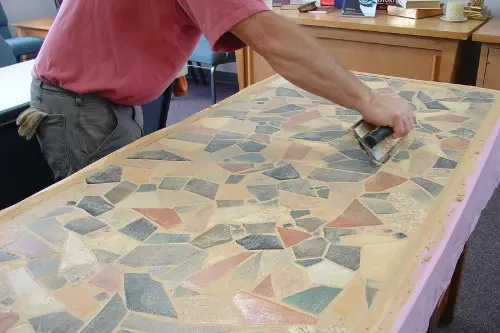
It might be tempting to just smooth some caulk over cracked grout in a shower or kitchen backsplash, but it’s not a lasting fix. Caulk isn’t a structural filler and won’t bond the way grout does. Over time, water will still find its way through, leading to mold, mildew, or even water damage behind the wall. You’ll likely end up needing to tear out more than just grout later on.
Re-grouting takes effort—scraping out the old material and mixing new—but it creates a proper seal. Grout is designed to harden and resist water when applied correctly. Caulk, while flexible, doesn’t offer the same protection and will deteriorate faster. A quick smear now can lead to a soggy mess later.
12. Not Sealing Tile or Stone After Installation
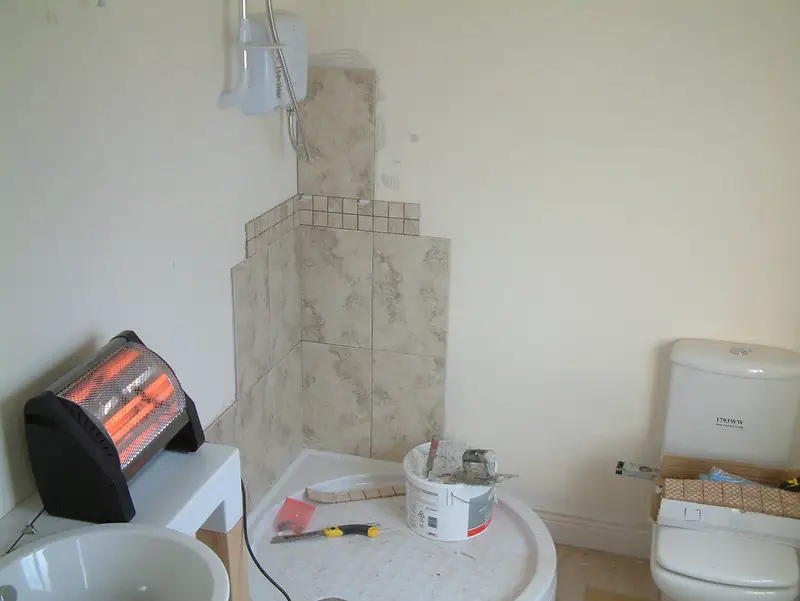
Many types of tile and natural stone—like marble, travertine, and even some porcelain—are porous. Leaving them unsealed allows water, oil, and dirt to seep in, causing stains and even long-term degradation. Just because the surface looks clean doesn’t mean it’s protected. Without a sealer, all your hard work can be ruined by a single spill or moisture leak.
Sealing is an extra step that often gets skipped, especially by rushed DIYers. But it’s crucial for maintaining appearance and durability. Depending on the material and sealant used, you may need to reapply every 1–3 years. It’s a little time now for a lot of peace of mind later.
This post 12 Renovation Shortcuts That Lead to Long-Term Damage was first published on Greenhouse Black.
